England’s Greenest Cities and Boroughs Revealed
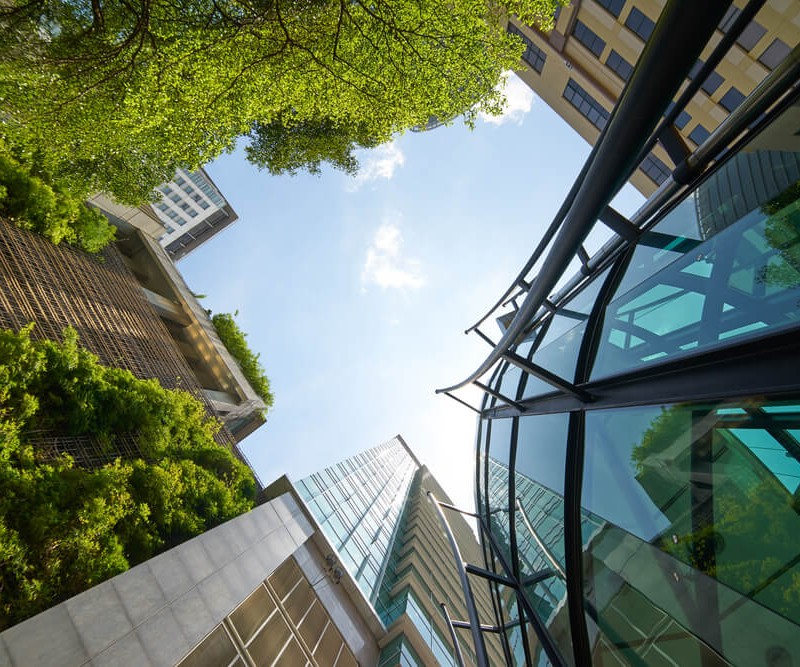
As we approach World Environment Day on the 5th of June, we wanted to explore some of the areas in England that are the most and least sustainable. By analysing data and considering factors such as energy efficiency and usage, green infrastructure and waste levels, we were able to compile figures from every single borough in England.
We sourced data from the Thriving Places Index which identifies the local conditions for wellbeing across England and Wales and measures whether those conditions are being delivered fairly and sustainably. It consists of a broad set of indicators selected from datasets from the Office for National Statistics, Public Health England, and the Index of Multiple Deprivation. Our particular research looked at all indicators related to sustainability and compiled each ‘score’ in order to create a total figure and measure each area’s level of eco-awareness.
Want to know where your home ranks? Read our blog post below, or use our interactive map to view the full results!
Key Findings:
Salford is the most sustainable area in England, with the highest overall score
South England is home to the majority of the most sustainable cities and boroughs, with eight London boroughs making it into the top 10
Manchester is the most sustainable of the 10 biggest cities in the UK when comparing their overall scores, clearly indicating Greater Manchester’s level of eco-awareness
Stockton-on-Tees was the area with the lowest score, making it the least sustainable place in England
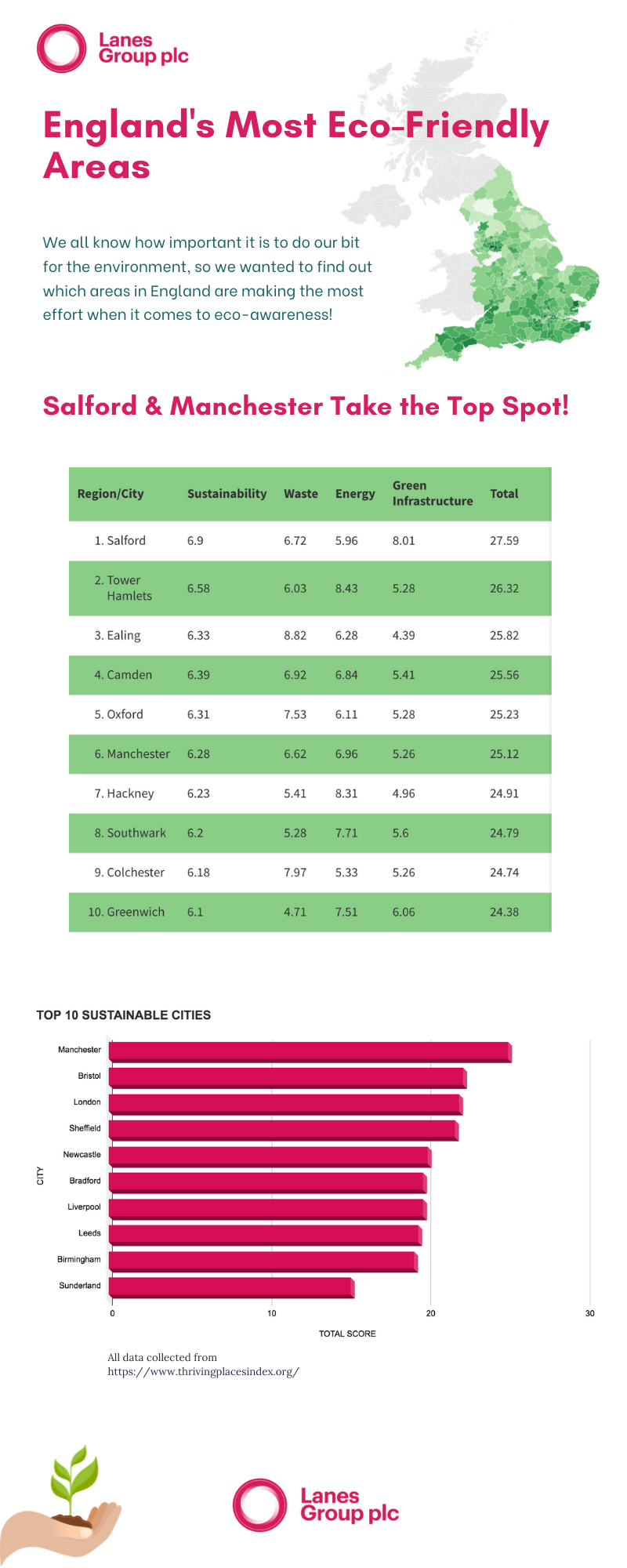
We looked at sustainability data across all of England’s boroughs and compiled the top ten areas with the highest total scores. We found that although the majority of these boroughs were based in London, Salford and Manchester were also among the best-performing areas.
When looking at the 10 biggest cities in England (based on population), we compared their results to see which areas are best at managing and disposing of waste, and maintaining an overall level of sustainability that is often difficult to achieve in more populated areas. Again, the North was top of the list, with Manchester achieving the highest score compared to cities such as Liverpool and Birmingham.
Salford is the Most Sustainable Place to Live in England!
Salford came out on top with the highest overall score, as well as an incredibly high score for its efforts towards a green infrastructure. Home to MediaCityUK and Salford University, Salford is fast becoming one of the most popular places for young people to live. It has great job opportunities, transport links, shopping and dining facilities, and has also recently introduced e-scooters in an effort to reduce the area’s carbon footprint.
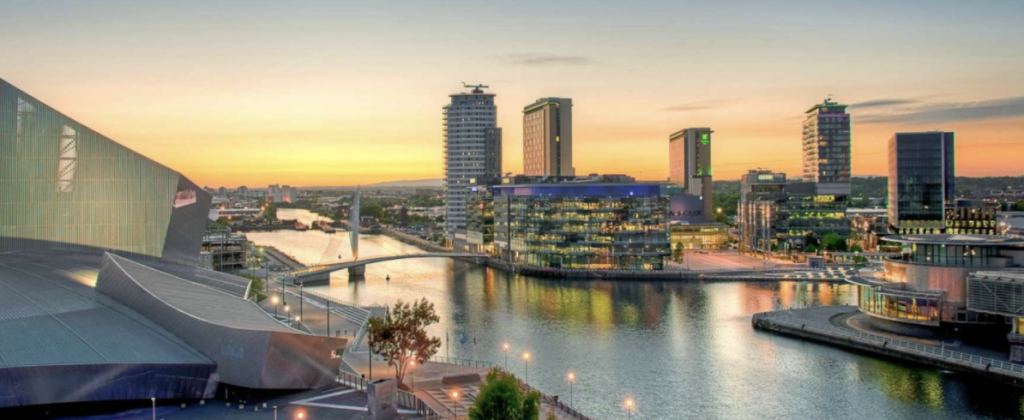
[Image source: https://www.visitmanchester.com/]
Tower Hamlets in London Gets Second Highest Score
Tower Hamlets in London came second with a total score of 26.32, and an impressive 8.43 score for energy efficiency, indicating the area’s efforts towards a greener future.

[Image source: https://www.britannica.com/place/Tower-Hamlets]
Check your Area’s Sustainability Score!
We’ve created an interactive map to reflect each area’s overall level of sustainability based on its score. Want to find out how your hometown ranked? Simply hover over the borough and you will be able to see the borough’s total score.
10 Least Eco-Friendly Areas in England
When looking at the areas in England with the lowest scores, the below were ranked as the least sustainable, with Stockton-on-Tees having the lowest score out of all of England’s boroughs.
(1 being the least sustainable)
- Stockton-on-Tees, County Durham
- Cheshire East, Cheshire
- Babergh, Suffolk
- Eden, Cumbria
- North West Leicestershire, Leicestershire
- Rutland, East Midlands
- Allerdale, Cumbria
- South Lakeland, Cumbria
- Ribble Valley, Lancashire
- Barrow-in-Furness, Cumbria
Stockton-on-Tees scored a mere 0.6 for its level of energy efficiency, and the town’s overall score was 11.36 when all sustainability metrics were combined. So what exactly can some of the areas that have received low scores do to improve their sustainability?
Tips for Improving your Sustainability
When it comes to living more sustainably, it all begins with making small yet effective changes. We have put together comments from industry experts offering advice for how we can strive towards a more sustainable, environmentally-friendly future.
Essential Drain Maintenance
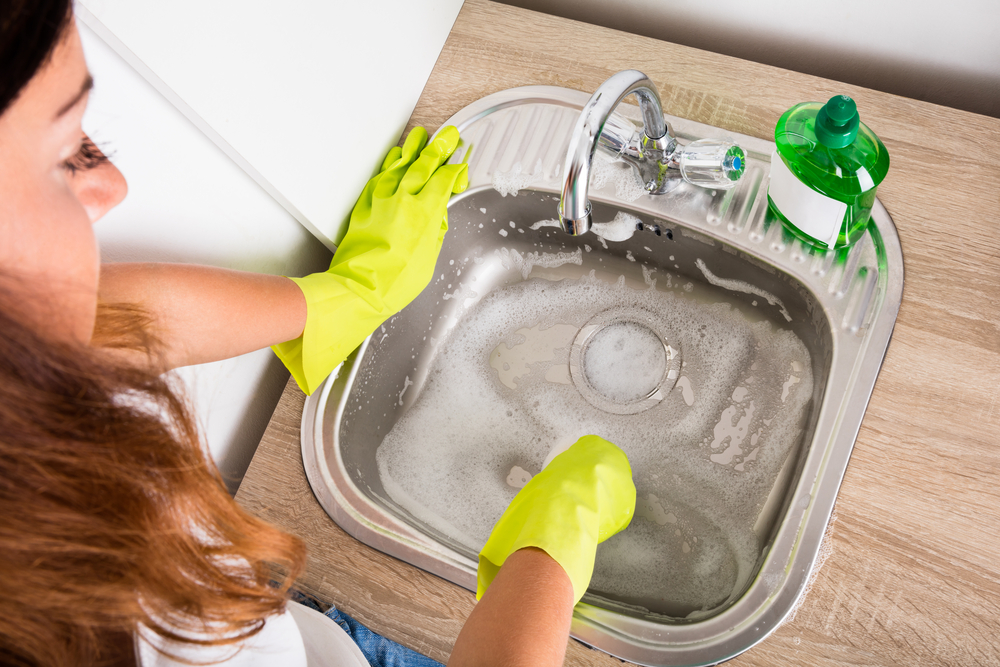
There are many different ways we can make a collective effort to improve our overall sustainability, and maintaining your drains is one of them. Without proper drain management, the impact can be detrimental to the environment, which is why it’s incredibly important that you follow these below steps.
At Lanes Group plc, we are committed to educating people on how to prevent detrimental drain blockages and other important issues that negatively impact our environment. Some tips for best practices include:
Don’t put certain substances down your drain as not only does this impact the health of your drain, but it can also affect the environment and even wildlife. For example, you should always avoid pouring oil or fat down the drains, as this can cause fatbergs and blockages.
Use a drain guard in order to catch smaller food scraps that would typically go down the plughole, and instead dispose of these in the bin.
Any non-dissolvable products should go in the bin rather than down the drain – this includes ground coffee, cooking fats and oils.
As part of our continuous effort towards a more sustainable country, we also regularly run Unblocktober which is the world’s first month-long national campaign and awareness month which aims to improve the health of our drains, sewers, watercourses and seas. It is completely driven by the British public and helps encourage the nation to reduce the amount of plastic entering our seas, rivers and oceans. It also contributes towards stopping the formation of environmentally damaging fatbergs.
Unblocktober is a campaign that we run every year, so be sure to keep an eye out to see how you can help with our efforts this year! Small changes to your habits can seriously have a big impact on the planet we all share.
Reduce Energy Consumption

Kevin Mouatt, Chief Executive Officer at energy efficiency company Ecolution, provided the following advice:
“As a nation, we must build with a more energy-efficient focus. In the UK, nearly 40% of our carbon emissions come from residential and commercial buildings, and England performs worse than Scotland when it comes to meeting the high standards of energy efficiency in new properties.
“There are a number of systems that developers, local authorities, residents and landlords can implement to improve energy efficiency, such as:
Install solar photovoltaic panels – use cells to convert sunlight into electricity.
Fit solar hot water panels, or collectors, on the roof. These collect heat from the sun and use it to heat up water that is stored in a hot water cylinder.
Use air source heat pumps, which absorb heat from the outside air and then transfer it directly to an indoor space via the central heating systems.
Fit ground source heat pumps, which use pipes buried outdoors to harvest heat from the ground.
Install heat interface units, in the form of a central boiler to provide heat and domestic hot water to several properties.
Consider battery storage solutions, where solar-generated power harvested and stored throughout the day is discharged when the demand is high.
“Finally, it is important to remember that keeping these systems well-maintained will help to maximise generation and energy efficiency, and is a huge factor in driving forward to clean energy.”
Waste Management
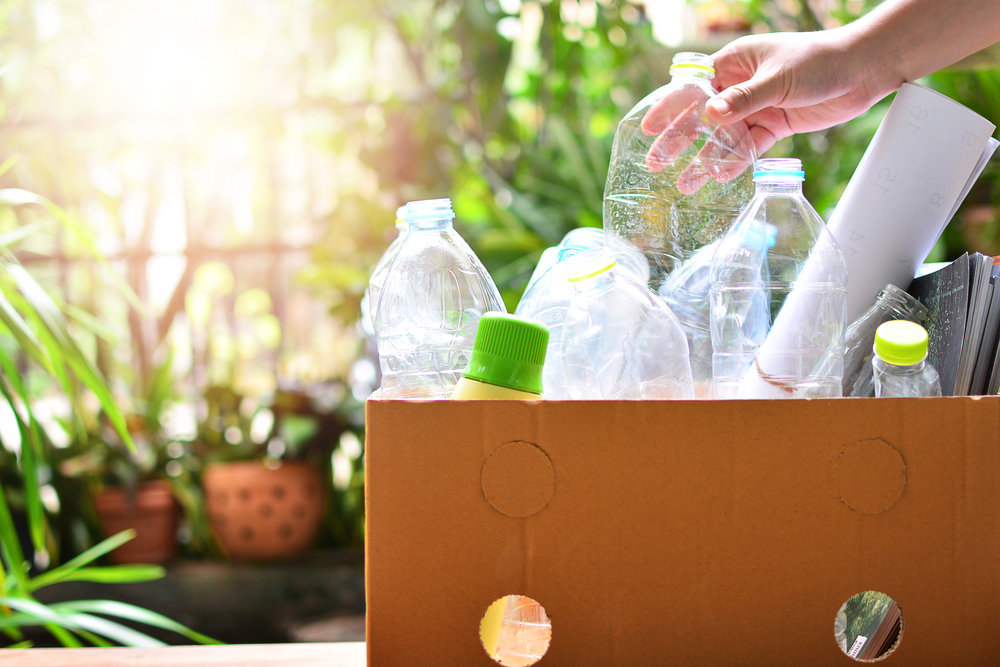
Correct waste management is a hugely important step we can take towards becoming more sustainable. Reducing the level of waste you typically generate is a great place to start, along with recycling any of your products or packaging where possible.
Jonathan Edmunds, recycling and sustainability manager at DS Smith, shared these simple yet effective tips for improving your waste management:
“Recycle where possible, and try to recycle effectively. The recycling logo you see on packaging doesn’t always mean a product is 100% recyclable, so to be sure something is recyclable, read the package carefully. The liner notes should indicate whether something is fully, partially or non-recyclable, as well as whether it should be put in your household recycling.
“You can also try to reduce the amount of packaging waste you have in the first place. The kitchen generates more packaging waste than any other room in the home, so reusing your carrier bags, buying from local grocers or pick-your-own farms – and generally trying to purchase foods with less ‘bloat-packaging’ – can make a big difference. “
Consider Small Diet Changes
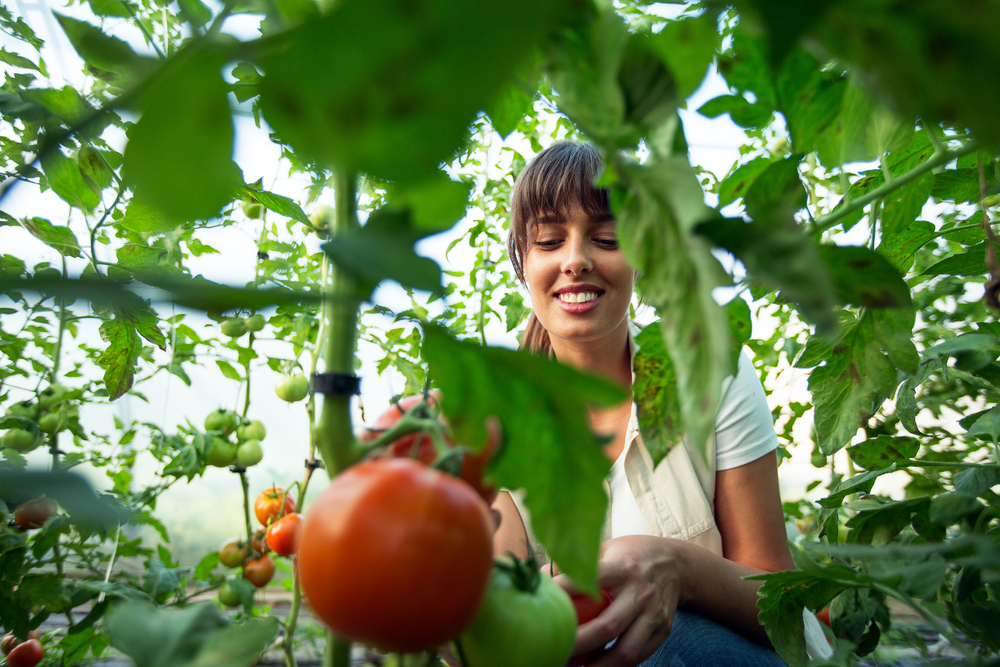
When it comes to reducing our carbon footprint, one of the biggest factors to consider is our diet. This can mean small and simple changes, such as switching to plant-based milks to lower your dairy consumption, or introducing one vegetarian meal to your week.
Siobhan Dolan, representative of the UK’s leading vegan charity Viva, also suggests that people try growing their own produce.
She states: “The COVID-19 pandemic has inspired millions of people to try their hand at gardening. Growing your own food not only offers an enormous sense of wellbeing and calm, but also provides you with organic, locally-grown produce! Some charities are even offering incentives to gardeners to grow plants that attract pollinators to help support the declining bee population.”
She also suggests incorporating plastic-free recipes into your diet, stating: “The global plastic crisis is undeniable. However, going 100% plastic-free may seem overwhelming for some. Fortunately, there are a surprising amount of supermarket products that are plastic-free, including tinned items (beans, tomatoes and pulses), loose vegetables, plant-based milks and items sold in paper bags, such as oats and some cereals.
“Even better, try your local greengrocer, as many sell loose vegetables and fruit. Plastic-free shops have appeared in most major towns, making it easier than ever to try plastic-free.”
Our Efforts Towards a More Sustainable Future
At Lanes for Drains, we are dedicated to providing services across the nation that help to positively impact the environment. We consistently maintain our carbon footprint to a minimum by providing an efficient, environmentally-friendly service using the best use of resources and equipment.
We always strive to have a positive impact on the lives of our people and the communities in which we operate, and all of these considerations have long been incorporated into our everyday activities. With our recently introduced CSR policy, we now aim to further encourage innovation in our people, and engage with all stakeholders and communities. By driving our business forward on this basis we continue to develop a thriving workplace and a sustainable future for everyone involved.
You can read more about our latest projects aimed towards improving sustainability and reducing carbon footprint in the below blog posts:
Sewer Cleaning Team Targets Record for Customer and Planet
Drainage Expertise Protects Gardens Threatened by Climate Change
Sewage Screening Slashes Landfill Costs and Carbon Footprint
Methodology
We analysed data from https://www.thrivingplacesindex.org/ and collected the ‘scores’ for each point relating to eco-awareness, including overall sustainability, waste, energy usage and green infrastructure.
We then added all of these scores together to create one figure to represent how ‘green’ each borough is. We focused on all of the boroughs in England, and then created a separate ranking for the UK’s 10 biggest cities (based on population) to see how their results compared.







